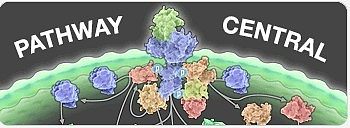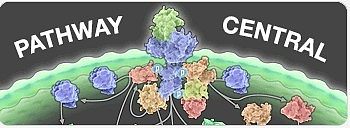The Use of Cytokines in the Identification and Characterization of Chemical Allergens
互联网
210
Many chemicals cause skin sensitization, resulting in allergic contact dermatitis, a delayed type hypersensitivity reaction. Chemical respiratory allergy is also an important occupational health problem, but there are currently available no validated methods for hazard identification, partly because of the fact that the relevant cellular and molecular mechanisms of sensitization of the respiratory tract have been unclear, with particular controversy regarding an obligatory role for IgE. Increasing evidence now exists that respiratory sensitization is associated with the preferential activation of type 2 T-lymphocytes and the expression of type 2 cytokines interleukin (IL)-, IL-5, IL-10, and IL-13. Type 2 cell products favor immediate type hypersensitivity reactions, serving as growth and differentiation factors for mast cells and eosinophils, the cellular effectors of the clinical manifestations of the allergic responses, and promoting IgE antibody production. In contrast, chemical contact allergens induce type 1 cytokine expression profiles. There has been considerable interest in the application of cytokine profiling for the characterization of chemical allergens, with cytokine phenotypes analyzed in freshly isolated tissue, or after culture in the presence or absence of mitogen at the level of protein secretion or messenger ribonucleic acid expression. The most common configuration of cytokine profiling, measurement of induced cytokine secretion patterns in the absence of restimulation, shows considerable promise as an approach for the identification and characterization of chemical respiratory allergens.









